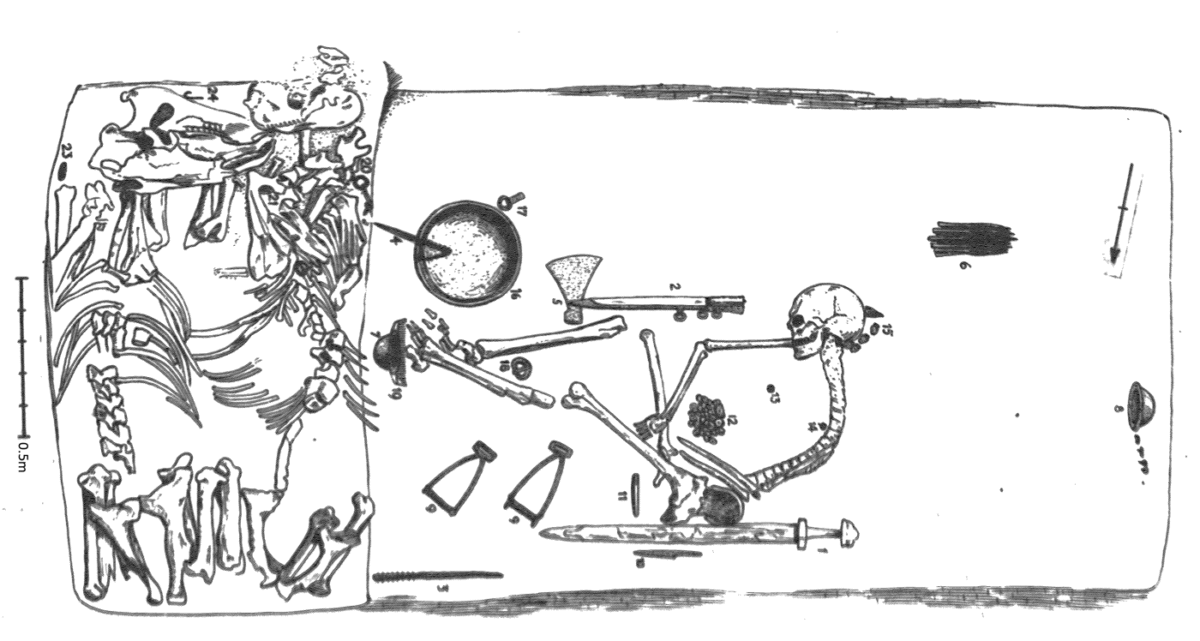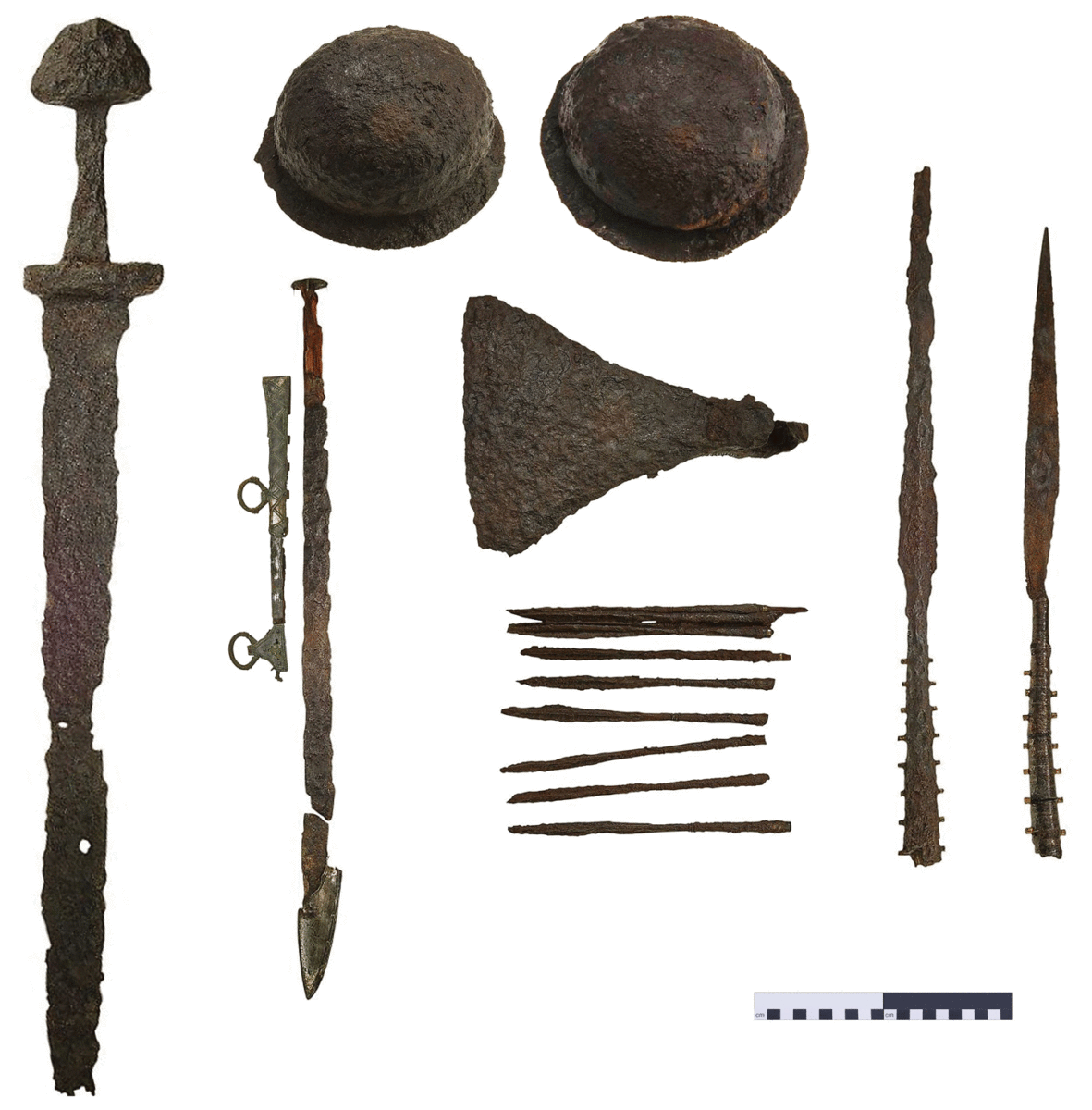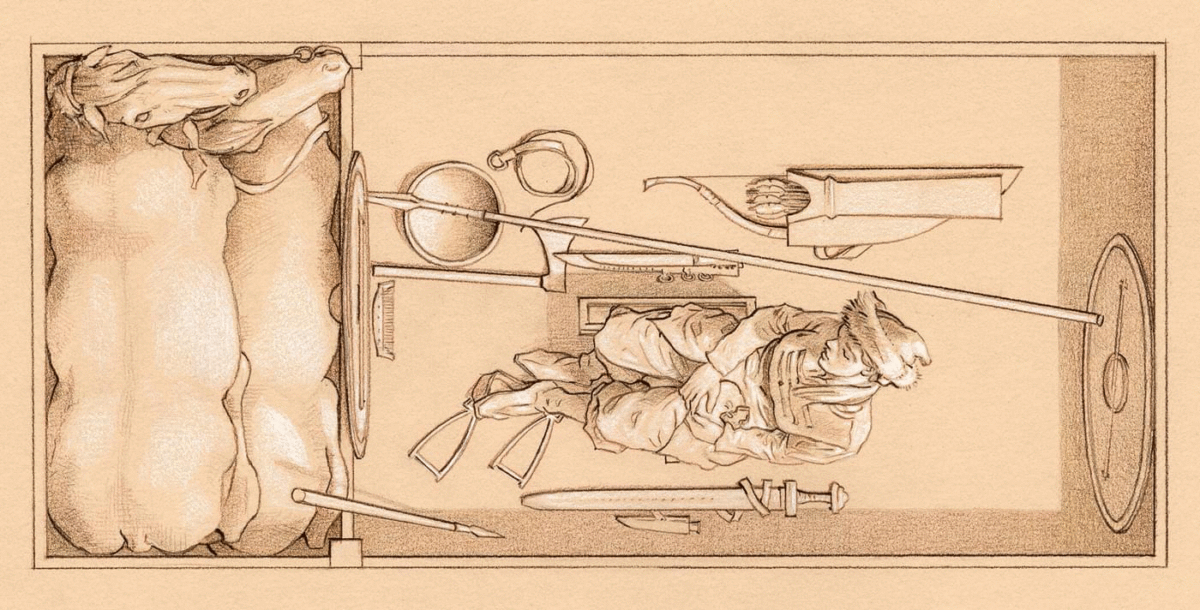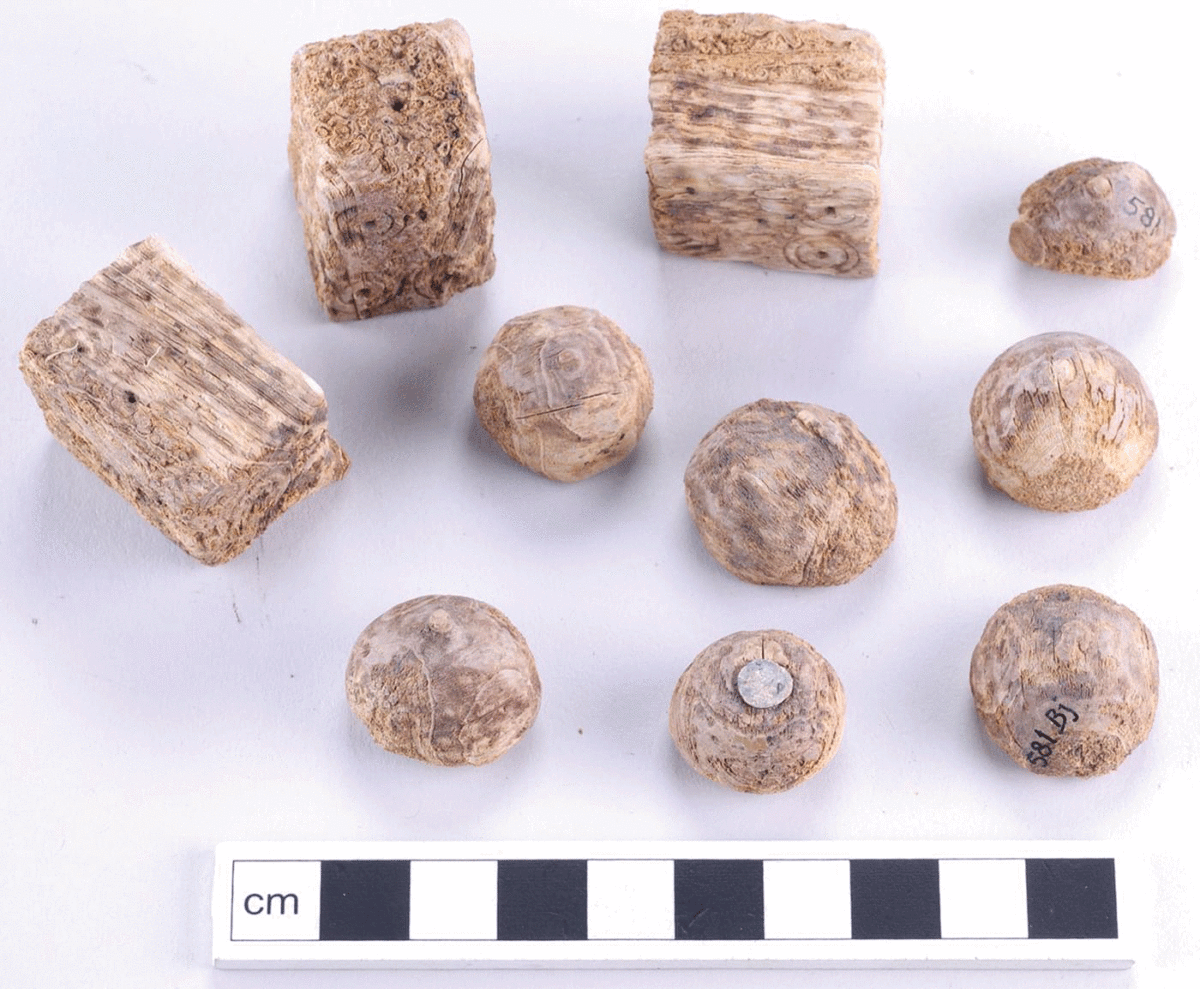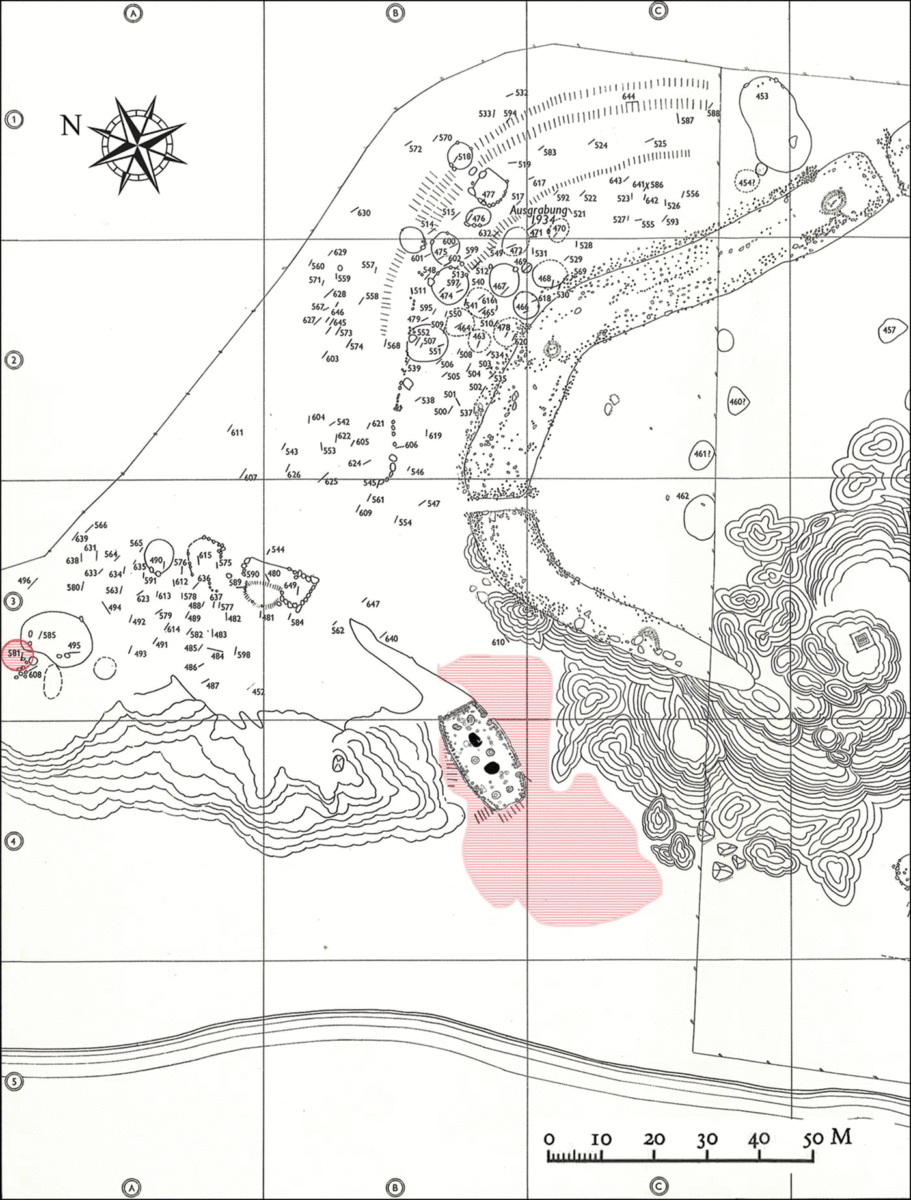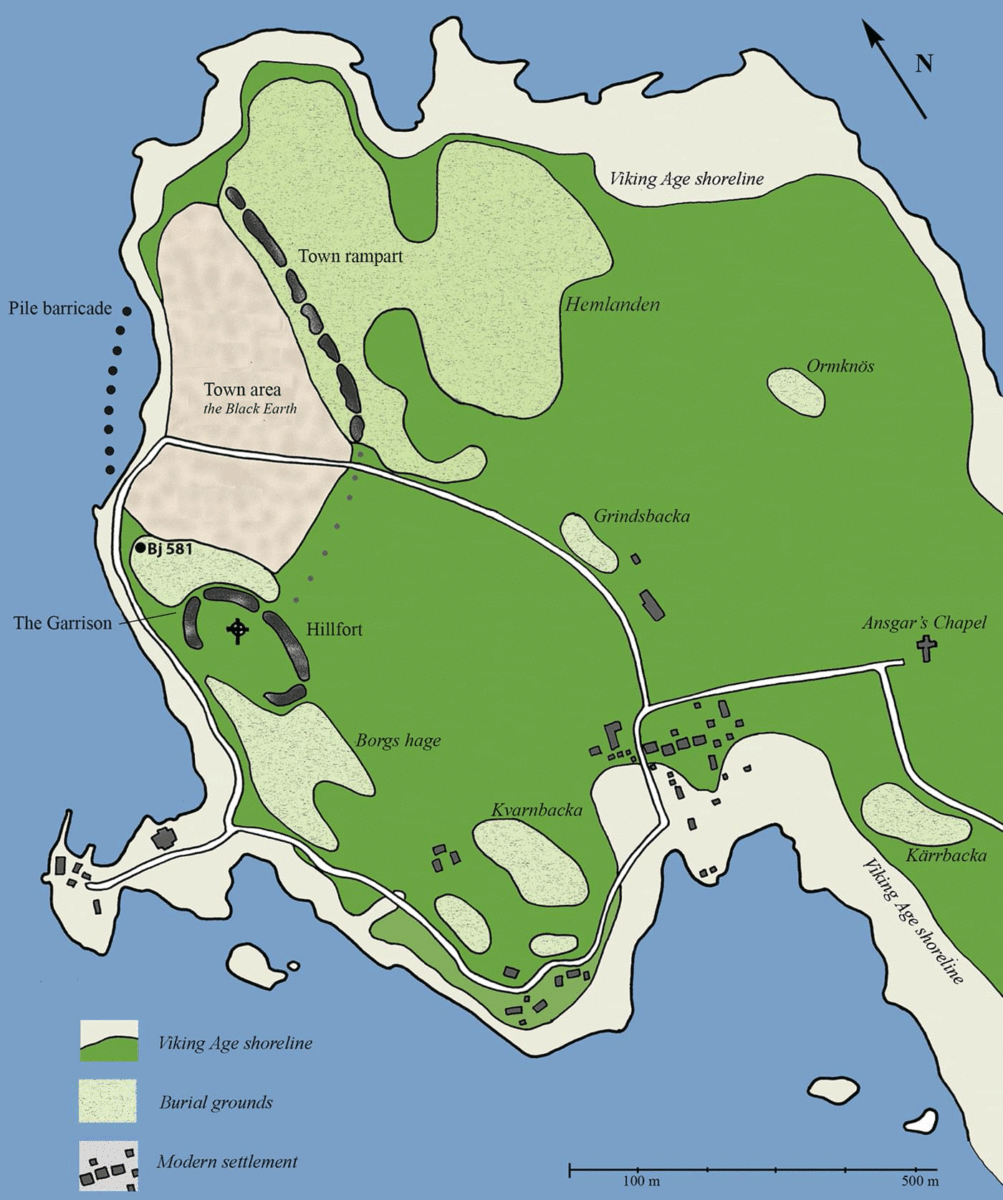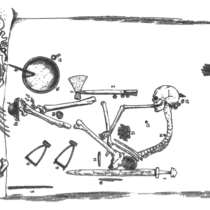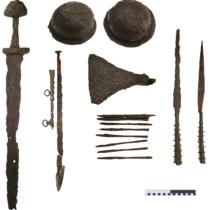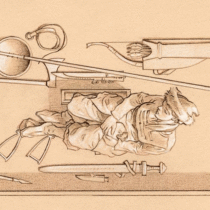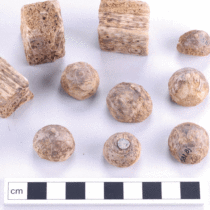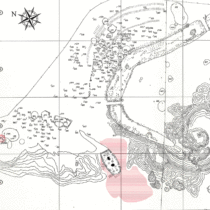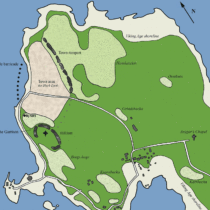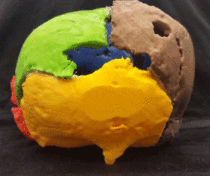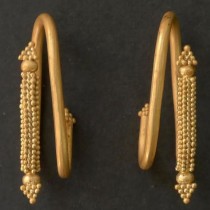A new study further supports the 2017 discovery that Viking warrior in prestigious burial was a woman and not a man as it had been assumed for over a century. Doubt over the sex of the individual buried first came about in the 1970s, when anatomical analysis of the bones suggested they belonged to a female. Another analysis in 2016 suggested the same thing, which led to the 2017 study confirming that the grave belonged to a woman.
The burial was discovered in 878 in Birka, a Viking settlement in today’s east-central Sweden by archaeologist Hjalmar Stolpe. It contained weapons, gaming pieces and two horses. It stood out among other burials, since, apart from the items it contained and the elaborate clothing of the individual, it was at the westernmost edge of Birka, marked with a large boulder, and was probably visible to the settlement. The lack of female-associated artefacts such as jewellery or weaving items led Stolpe to the assumption that the grave belonged to a man.
When the initial paper was published two years ago revealing the sex of the individual buried scientists challenged the discovery. Questions were raised, for instance as to whether the bones analysed were the right ones or whether the chamber included over one burial. The new study published in the journal Antiquity earlier this month addresses these questions and reaffirms the initial discovery that it was indeed a woman warrior buried in Birka.
The questions raised by scientists have been answered in the new study providing evidence. First, the bones could not have been wrong, as they were each labelled with the grave’s code name, Bj.581, in ink. All items in the grave, including horse bones and artefacts were meticulously recorded. Records from other burials nearby were also examined but nothing indicates the bones in grave Bj.581 could have come from another grave. Also, misconception that the grave contained more than one body was also refuted, since an extra femur thought to have come from this grave was actually labelled Bj.854 and is about a century older than the ones found in grave Bj.581. Genetic analyses and DNA tests on bones and teeth revealed the person buried was indeed a female, probably 30-40 years old when she died. As to whether the woman buried in the grave was indeed a warrior the weapons found inside the burial, the horses, the fact that the grave was situated outside the gate of Birka along with two other burials containing weapons, all indicated it must have been a warrior. Finally, regarding the social gender of the individual buried inside the grave this cannot be safely deduced, as being transgender is a cultural term that cannot be applied to ancient people from other cultures.
The new study has addressed many of the questions raised and further confirms that it was a woman buried in chamber Bj.581, with enhanced arguments and evidence included.
